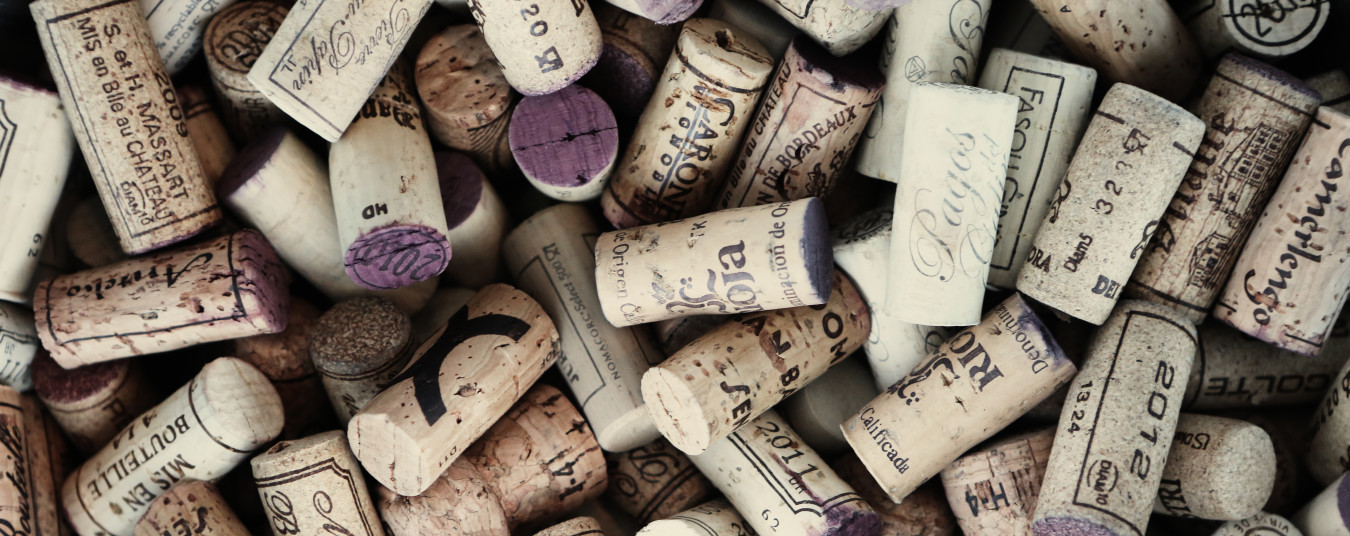The best aperitifs are bitter because they stimulate gastric secretion and promote digestion.
In Mexico it is very common to take three or four tequilas before eating. The reason seems to be that one should numb the palate and taste buds of the tongue before moving on to the table.
If one wants to take strong alcoholic beverages outside meals, one can take anything, what you like, but if one wants to prepare the mouth and the stomach for food, then one should be subjected to rules that do not prevent enjoy foods, but on the contrary, enhance the taste perception thereof.
As a rule, the drinks before the meal must be cool or cold. After a day of hard work and worries, a glass of chilled white wine or vermouth with ice, it is a good start to a meal.
Drink Sherry is universally accepted as the best appetizer. Like all white wines should be served chilled, particularly dry sherries as “thin” and “chamomile”.
Chamomile is a very pale, dry sherry, with a slightly bitter and salty taste, because the wineries of Sanlucar de Barrameda are to the sea at the mouth of the Guadalquivir River. The fine, the king of sherries, is light and delicate bouquet with almond and olive smell. It is pale in color and is the perfect appetizer. The amontillado sherry is amber and nutty bouquet, which has more body and is slightly sweet. The most sweet sherries are not the best to take as aperitifs.
The port, always a sweet wine, is not to be taken before meals. However there is one exception being that very cold, almost icy white port, is a good choice. Dry madeira can be excellent appetizers.
The white wines are suitable to take them as aperitifs. Of those, the best are sparkling. The champagne is sparkling par excellence, but there are almost as good: the Alsace and Burgundy Cremant, the Blanquette de Limoux, Spanish cava, the “sekt” Germans, Italians proseccos, and many different countries, including the Mexican Sala vivé of Queretaro. The reason sparkling so popular is that the carbon dioxide bubbles that form, causes alcohol to be absorbed more quickly, producing a state of euphoria we all know. Some have been used as aperitif champagne cocktails, such as “Mimosa” with orange juice. I believe this combination is a way of spoiling two very good drinks. The champagne must be taken as it is.
Another group of wines, not being sparkling form bubbles. The best example is the so-called green vinhos Portugal, the northern Italian Soave and Roman Frascati. The French call them petillant and Italian frizzante.
The still white wines, that is, without bubbles, they are a good aperitif and can be carried to the table to consume with the first course. The US chardonnays, sauvignon blanc from New Zealand, the German riesling and Mexican viogner LA Cetto can be very cold before going to the table.
Red wines are not used as aperitifs, although there is an exception: the Beaujolais Nouveau makes its appearance in November and to be consumed within the first six months. It is a light and attractive wine when taken cold, but has the disadvantage that can not be indicated when it plans to continue with a white wine.
Rosé wines can also be taken as aperitifs. Most have a bit of sweetness, but very cold can be delicious, especially in summer, a meal outdoors in the garden or on the beach. Instead of taking cold beers, try taking a rose wine. Portuguese rosé wines also have a little bubble and are light and cheerful. The best rosé wines are those produced in the south of France, in the region of Vaucluse. The Tavel is a wine with more body color and pink ordinary wines. The Lirac is similar. There are excellent wines in the Loire Valley in France: the best known is the Rosé d’Anjou, but the Cabernet Rosé and Cabernet d’Anjou are better.
Sometimes white wine can be mixed with other ingredients that may improve the taste. The best known example is the call on behalf of gourmet Kir was mayor of Dijon, Canon Felix Kir. This mixture, also called Blanc Cassis, was done using three parts white wine and a part of cassis liqueur, so give some color and some white wine in sweetness. If champagne is used, then it called Kir Royale. Sometimes you can make preparations with wine, fruit and liquor, for poches cold, very suitable for meals in the garden or field. One can use their own judgment to make these mixtures.
Finally, there are prepared wines (usually with herbs), which are very popular all over the world. Perhaps the best known is the vermouth, white or red, dry or semi-sweet. Other times are preferred compounds of wine with bitter tastes that increase saliva secretion and gastric and prepare for proper digestion. Within these, the best known in our country is the Campari. We also have the Punt e Mes, the Dubonnet, Lillet and San Raphael.
Liqueurs have to take them after dinner; Never before.

